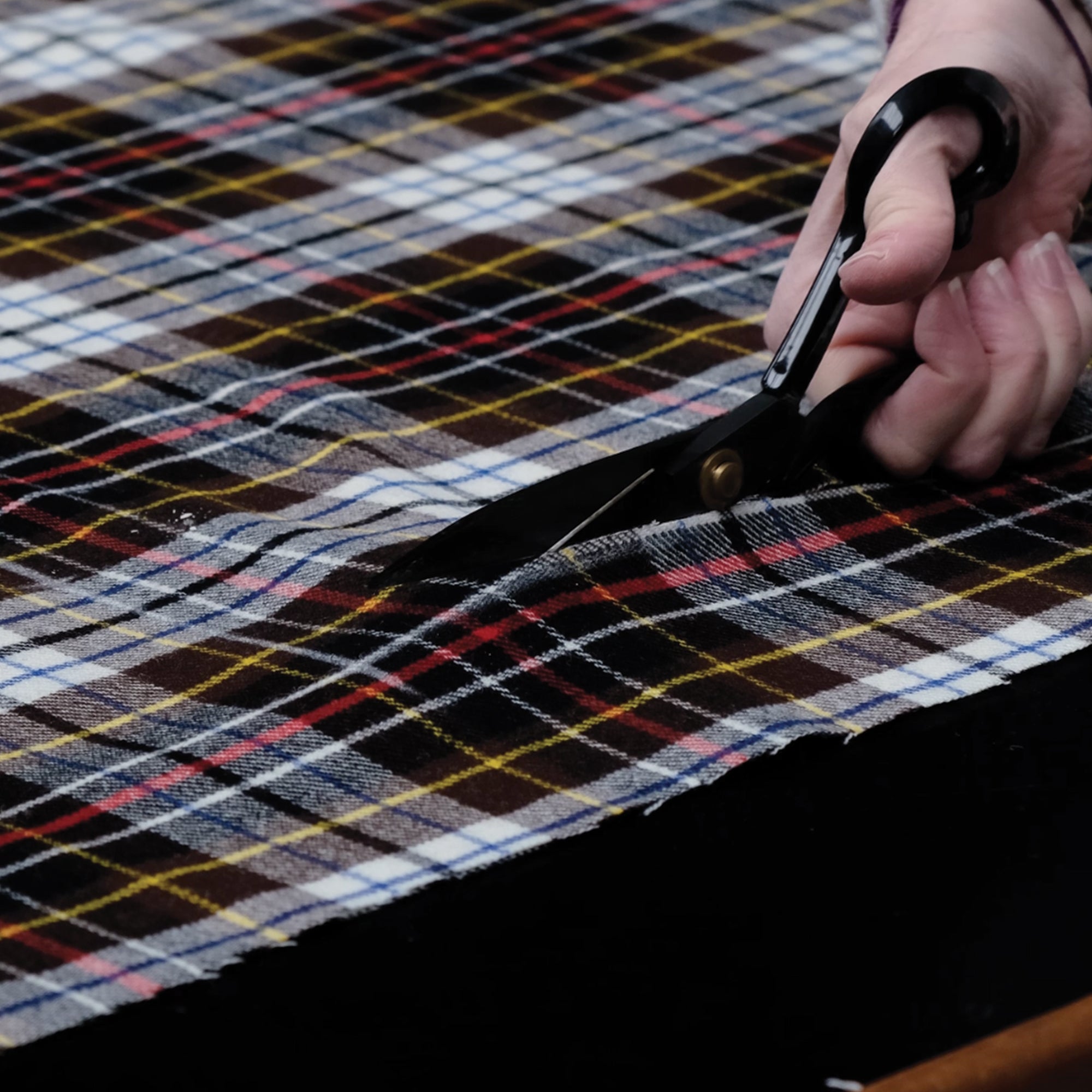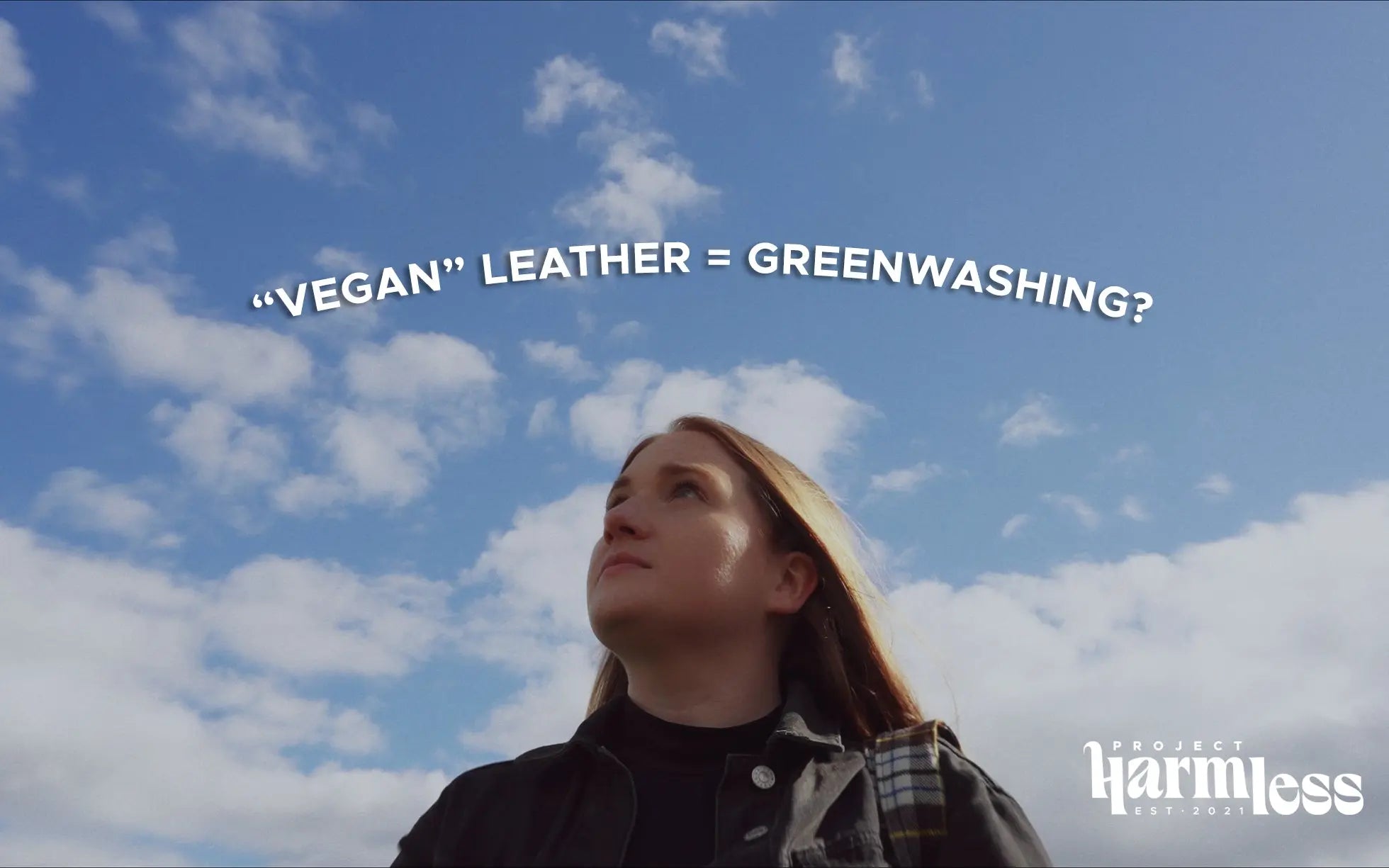Recycled polyester, or rPET, has become a buzzword in the fashion industry. Brands market it as a sustainable alternative to virgin polyester, claiming it reduces plastic waste and promotes a circular economy. But is rPET really as eco-friendly as it seems? Let’s unravel the truth about recycled polyester and its long-term impact on the environment.
What Is Recycled Polyester (rPET)?
Recycled polyester is made by processing used plastic materials—primarily PET bottles—into fibers that can be woven into textiles. The process involves:
- Collecting and cleaning plastic bottles.
- Breaking them down into plastic pellets.
- Melting and spinning the pellets into polyester fibers.
On the surface, rPET seems like a smart way to reduce plastic waste while cutting down on virgin polyester production. But the reality is far more complex.
The Hidden Environmental Costs of rPET
While recycled polyester has its merits, it’s not without significant drawbacks:
- Microplastic Shedding: rPET garments shed microplastics during washing. These tiny particles flow into waterways, polluting oceans and harming marine life. According to a report by the International Union for Conservation of Nature (IUCN), 35% of microplastics in the ocean come from synthetic textiles.
- Limited Recyclability: Polyester, whether recycled or not, cannot be recycled infinitely. The quality of the fibers degrades with each recycling cycle, meaning rPET products will eventually end up in landfills or incinerators.
- Energy-Intensive Production: Transforming plastic bottles into rPET fibers requires substantial energy and chemical treatments. While it uses less energy than producing virgin polyester, it’s still far from being a low-impact solution.
Recycled polyester is often marketed as a solution to plastic pollution, but it only delays the inevitable. Once rPET clothing reaches the end of its life, it becomes waste. Unlike natural fibers, polyester doesn’t biodegrade; it lingers in the environment for hundreds of years.
Moreover, the production of rPET doesn’t address the root problem: the overproduction of plastic. By promoting rPET, we risk encouraging the continued reliance on single-use plastics under the guise of sustainability.
- It Doesn’t Close the Loop: rPET delays, but doesn’t eliminate, plastic waste.
- It’s Still Plastic: Wearing polyester—recycled or not—means covering our bodies with plastic.
- It Contributes to Pollution: Washing rPET garments releases microplastics into water systems.
What Are the Alternatives?
For brands and consumers looking to move beyond rPET, here are some better alternatives:
- Natural Fibers: Organic cotton, hemp, and linen are renewable and breakdown naturally.
- Innovative Materials: Textiles made from agricultural byproducts.
- Deadstock / Upcycling: Reusing materials in their current form reduces waste and energy use.
We spoke to Laura Young (LessWasteLaura) to take a closer look at recycled polyester, its environmental impact, and why it’s time to rethink its role in sustainable fashion.
Recycled polyester isn’t the hero it’s often claimed to be. Using rPET in fashion prevents its potential to be recycled back into a plastic bottle, effectively breaking the circularity chain. Instead of promoting true sustainability, many fashion brands use this inexpensive material as a tool for greenwashing.
Deadstock presents a far better alternative—one that upholds the principles of circularity while prioritising quality, sustainability, and genuine accountability. It’s time for the fashion industry to embrace solutions that drive real impact, not just those that create the illusion of progress.











Leave a comment
This site is protected by hCaptcha and the hCaptcha Privacy Policy and Terms of Service apply.